NYC Voters: Prioritize Policing Alternatives To Tackle Violence
A strong majority of NYC likely Democratic primary voters want to see the next mayor use alternatives to policing to address gun violence.
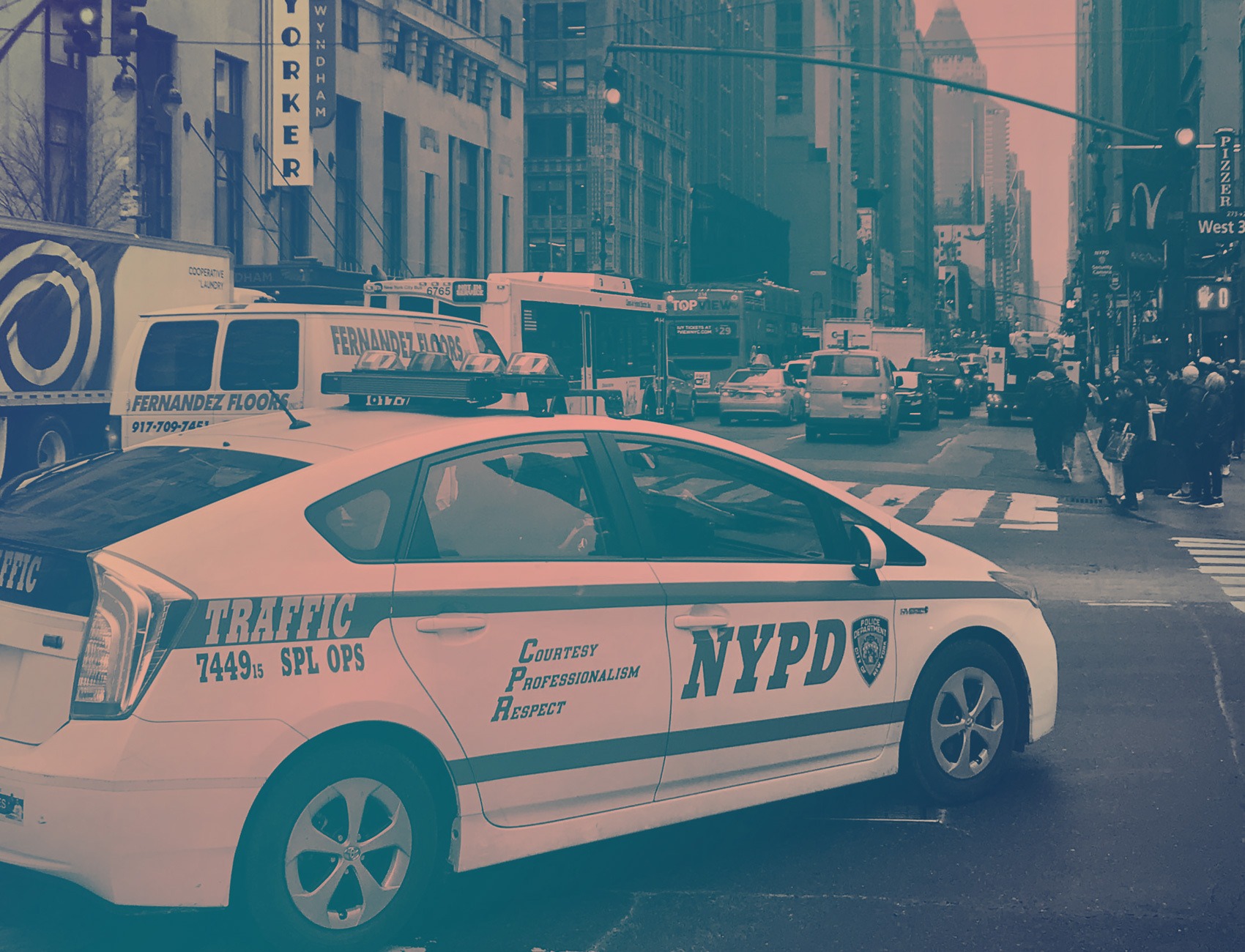
A new survey of Democratic primary voters in New York City found that while likely voters identified crime as one of the most important issues facing the city, a strong majority of respondents (69 percent) report feeling safe in their own communities.
These findings align with twin realities in New York City: First, overall serious crime, which includes the seven major felonies that New York City tracks every year, was lower in 2020 than in 2019 and in fact was at its lowest level since 2000. Over the same time period, however, gun violence rose significantly across the city (though, for context, last year was still one of the ten years in the past half century with the fewest murders).
Here are more specific results from the survey on how likely voters want public officials, and especially the next mayor, to address gun violence in New York City:
- NYPD solving more murders seen as key to reducing crime. Most likely voters said that it is important that the next mayor takes strong action to ensure that the NYPD solves more murders (58 percent). Most voters (52 percent) also said the fact that the NYPD does not solve half of the city’s murders is an important factor in understanding the cause of rising gun violence—less important than the coronavirus pandemic (72 percent) and surging gun sales (61 percent), but more important than bail and other criminal justice reform measures (43 percent) and the unrest and protests in the wake of George Floyd’s murder (36 percent).
- Community violence intervention strategies are favored over putting more police officers on the street. A strong majority (60 percent) of likely voters would prefer that the next mayor of New York City “prioritize interrupting cycles of violence in communities by having non-police responders intervene before violent crimes occur” over “putting more armed officers on the streets to increase police presence in certain areas of the city.” Moreover, likely voters strongly favored investing more in community violence interruption programs for addressing gun violence in the city (65 percent) over putting more armed NYPD officers on the street.
- Non-police first responders are favored to reduce crime. When asked to identify the most effective solutions, more likely voters identified hiring non-police city personnel, who would focus on intervening in situations where an armed police officer is not needed, as well as investing in after-school programs that aim to stop crimes before they occur, over putting more NYPD officers on the street.
- Voters prioritize investments in mental health and substance use treatment. In a head-to-head test, respondents preferred drug and mental health programs (55 percent) to more police (45 percent).
Key Takeaway
While voters in New York City view violent crime as a key issue facing the city, they do not believe that putting more armed NYPD officers on the street would be as effective as other public safety strategies for reducing crime, such as: community violence intervention programs, drug and mental health programs that aim to stop crimes before they occur, and the provision of safe and stable housing.
Full Poll Results
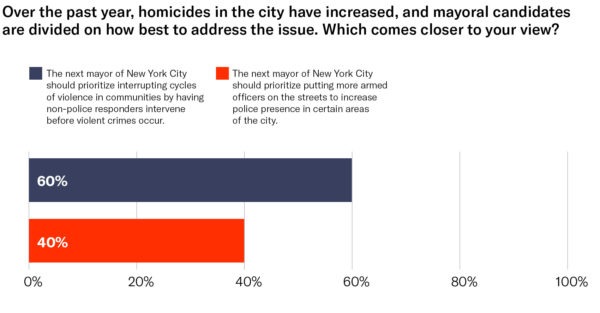
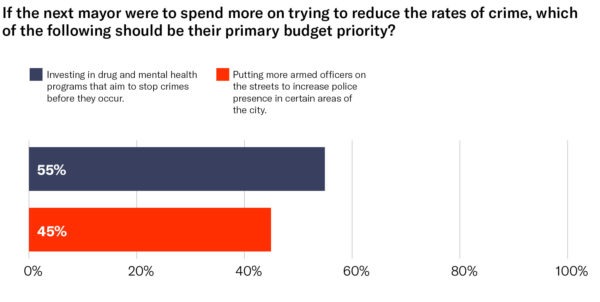
Researchers from New York’s John Jay College of Criminal Justice recently found that in the years during which New York City “relied less on traditional policing tactics” the city experienced the second greatest decline in gun violence in the entire country.
One such non-traditional policing tactic, CURE Violence, which uses research and community interventions to prevent cycles of violence before they start, appears to be particularly effective. According to a [2017] John Jay study, “gun violence rates declined significantly in two neighborhoods operating programs inspired by the Cure Violence model” as “compared with similar areas of New York City” without the program.
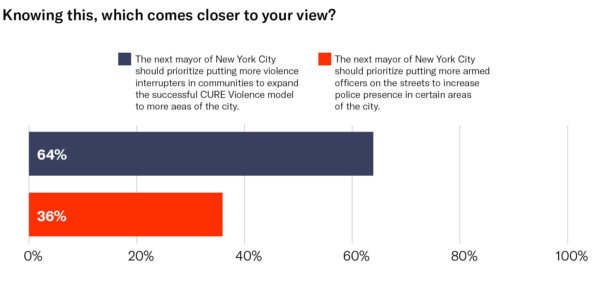
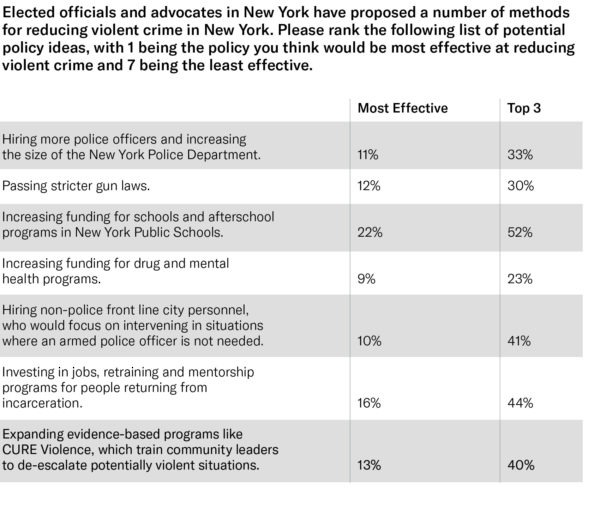
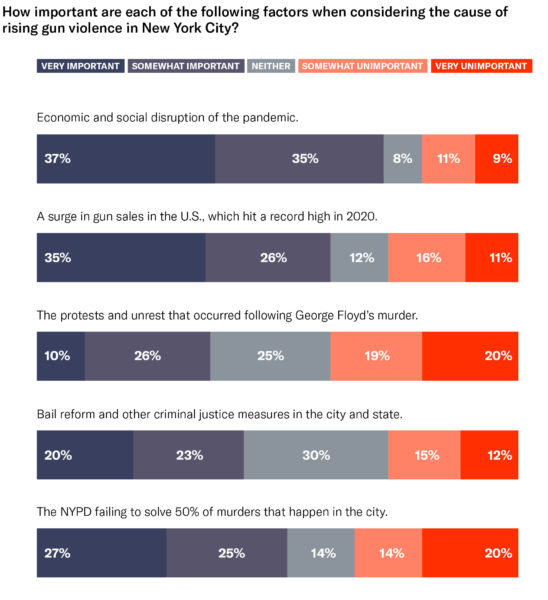
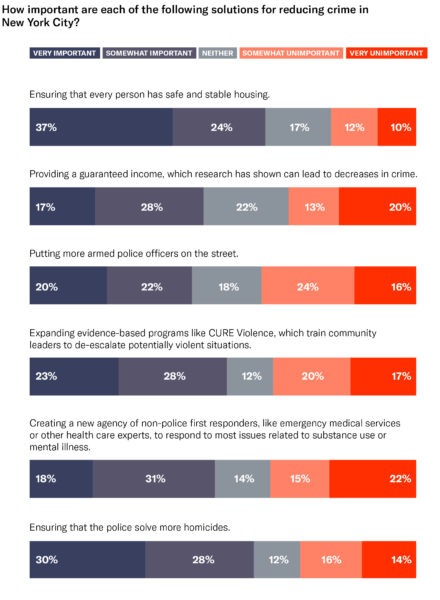
Polling Methodology
The polling was conducted through my firm Social Sphere. It involved a survey of 874 likely New York City Democratic primary voters that took place between June 11 and June 19, 2021 using web panel respondents. The sample was weighted to be representative of likely voters by age, gender, education, race, and voting history. The survey was conducted in English. The confidence interval for the survey was 3.37% at the 95% confidence level.

